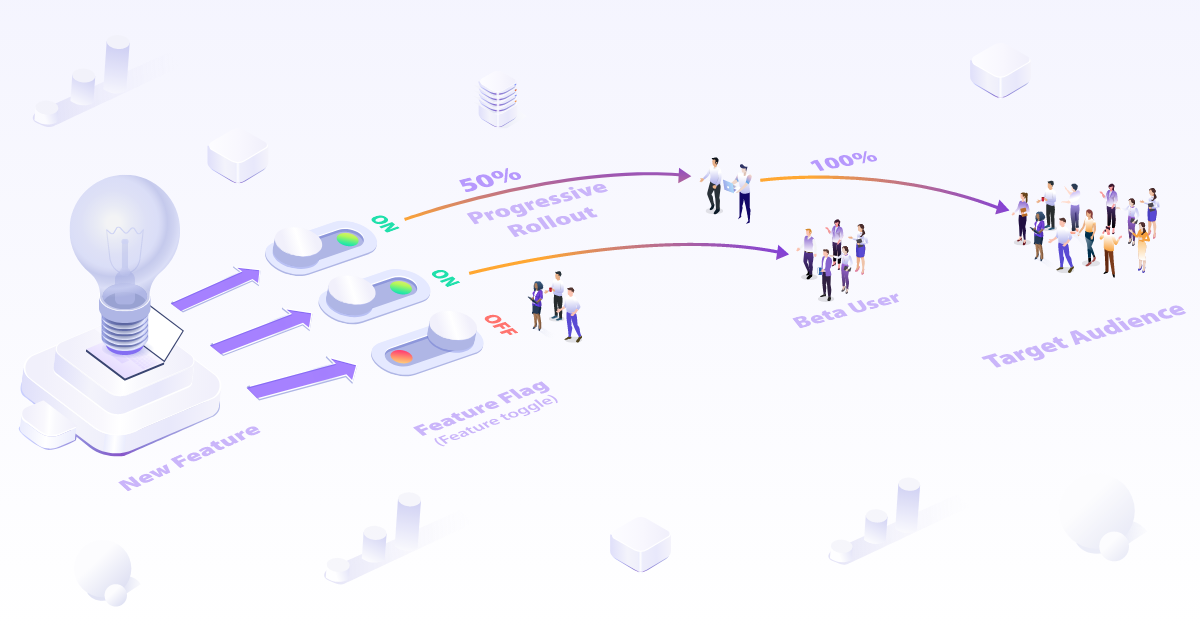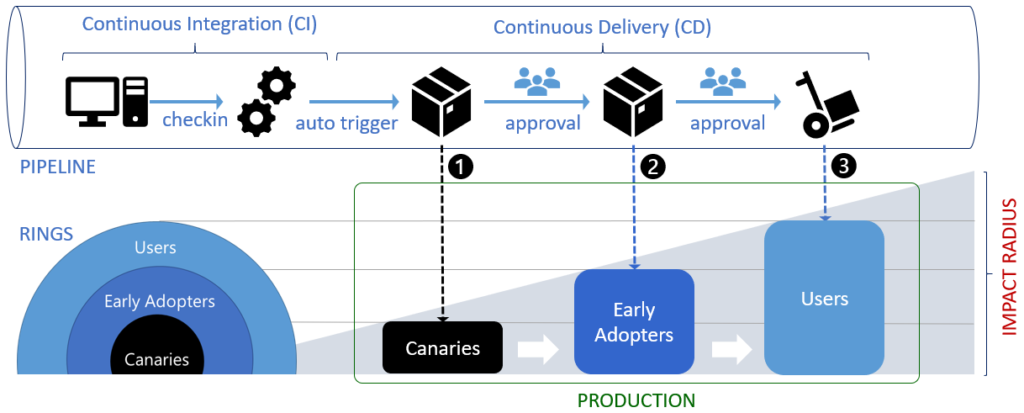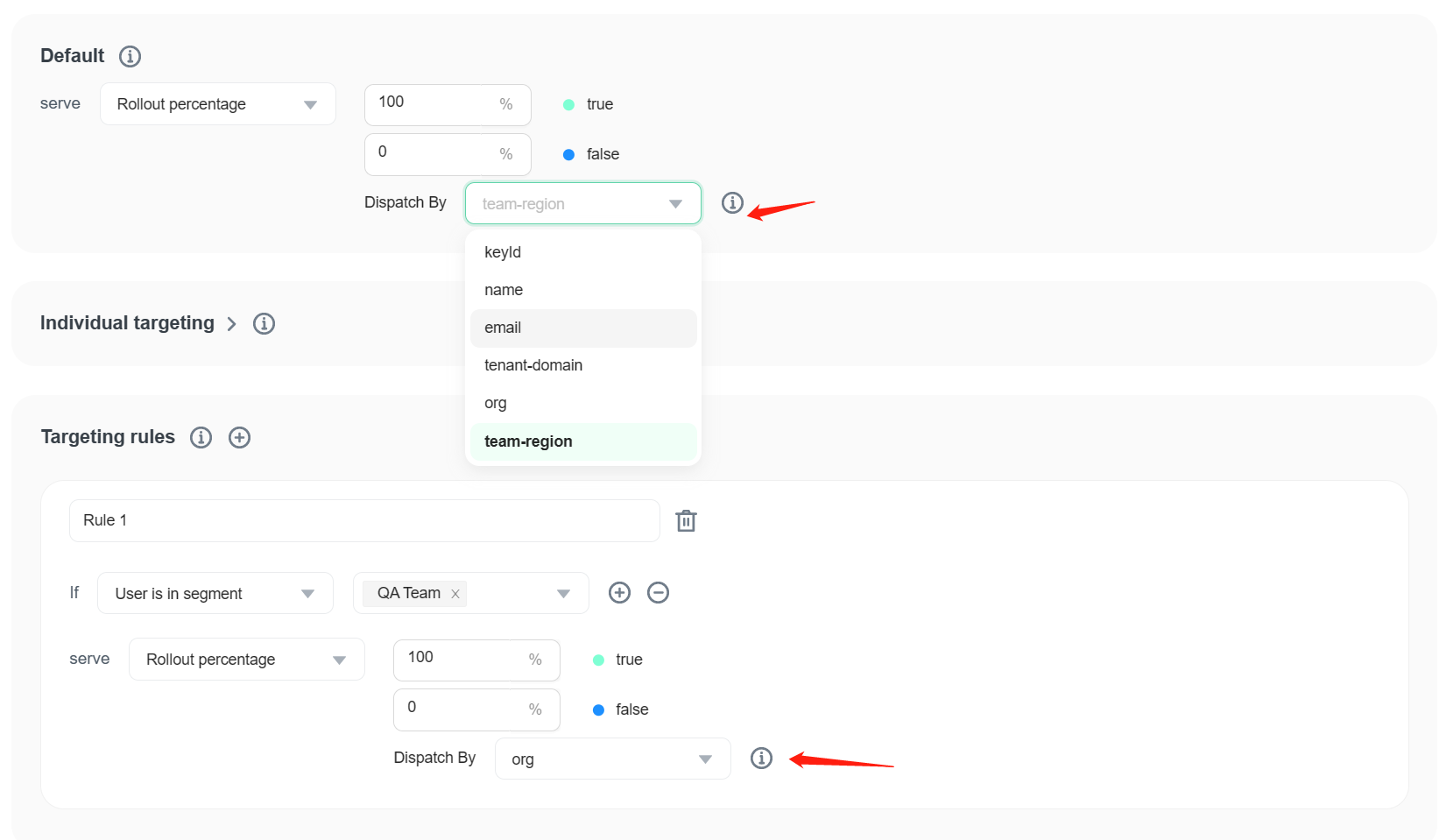Innovate
Your Software
Faster without Risk
Innovate Your Software Faster without Risk
Unlock the Power of Test Canary with Open-Source Feature Flags

Implementing test canary deployments in your development process can help you release new features with confidence. By leveraging open-source feature flag tools, like FeatBit, you can achieve seamless canary testing, prevent bugs, reduce the blast radius, and ensure a smooth user experience.
What is Test Canary?
Canary testing is a popular software testing approach where new features are rolled out to a small percentage of users before being deployed to the entire user base. This allows developers to identify and fix any potential issues before they impact all users. It also enables teams to gather valuable user feedback to make data-driven decisions about feature rollouts. Test canary with feature flags helps in testing new features in production, preventing bugs, and reducing the blast radius of potential issues.

Open-Source Feature Flag Service
Feature flags, also known as feature toggles, are a powerful way to control the visibility and functionality of features in your application. With feature flags, you can enable or disable features without deploying new code. This allows you to test and experiment with different configurations to find the best solution for your users.
Open-source feature flag tools, like FeatBit, provide developers with a cost-effective and flexible way to manage feature flags. By using open-source tools, you can customize the feature flagging system to fit your specific needs and ensure your development team has full control over the process.
Combining Test Canary and Feature Flags
Integrating test canary deployments with open-source feature flags enables your team to:
-
Roll out features gradually: Feature flags allow you to release features to a small group of users first, monitor their impact, and iterate based on user feedback before launching them to the entire user base.
-
Improve release management: By using feature flags in conjunction with test canary deployments, you can reduce the risk of deploying new code, making your release process more stable and predictable.
-
Optimize user experience: Test canary deployments help you identify and fix issues before they impact all users, ensuring a high-quality user experience.
-
Conduct A/B testing: Feature flags enable you to experiment with different variations of a feature, so you can make informed decisions about what works best for your users.
-
Monitor and make data-driven decisions: Integrating test canary deployments with feature flags allows you to collect valuable data and metrics about user behavior, feature performance, and system stability. This information can be used to make informed decisions about feature improvements and rollouts.

Industries That Can Benefit from Test Canary Deployments and Feature Flags
Various industries can benefit from the combination of test canary deployments and feature flags, including:
-
E-commerce: Implementing new features and promotions without disrupting the user experience is crucial for e-commerce platforms. Canary deployments and feature flags help in gradually rolling out updates
-
Financial Services: In the finance sector, the security and stability of applications are of utmost importance. Canary deployments and feature flags can help financial institutions test new features in a controlled environment, ensuring compliance with regulations and preventing any potential security vulnerabilities from affecting their entire user base.
-
Healthcare: Healthcare applications often handle sensitive patient data and require a high level of reliability. Test canary deployments and feature flags allow healthcare providers to introduce new features and improvements while minimizing the risk of disrupting critical systems and ensuring patient data remains secure.
-
Gaming: In the gaming industry, maintaining a high-quality user experience and quickly addressing issues is essential to retain players. Canary deployments and feature flags enable game developers to test new features, gameplay improvements, and bug fixes with a small group of players before rolling them out to the entire community.
-
Social Media: Social media platforms are constantly evolving to keep users engaged and attract new users. By using test canary deployments and feature flags, social media companies can experiment with new features, algorithms, and user interface changes, gathering valuable user feedback to make data-driven decisions about feature rollouts.
By utilizing open-source feature flag tools like FeatBit, you can harness the power of test canary deployments and feature flags to improve your software development process and deliver better experiences for your users, regardless of the industry you operate in.